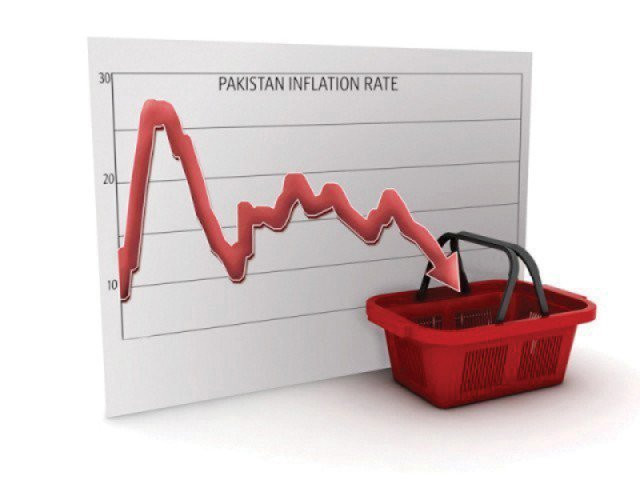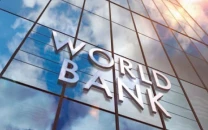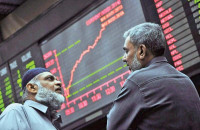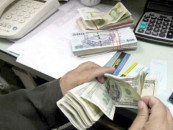Short-term inflation eases on lower food prices
SPI down 1.52% YoY, 0.18% WoW, driven by falling rates of eggs, chicken and vegetables

The Sensitive Price Indicator (SPI) for the week ended June 26, 2025 recorded a year-on-year (YoY) decrease of 1.52% and a week-on-week (WoW) decline of 0.18%, driven largely by falling prices of key food items including eggs, chicken, bananas, onions and potatoes, according to data released by the Pakistan Bureau of Statistics (PBS).
The SPI declined 0.18% compared to the previous week, primarily driven by a sharp drop in prices of essential food items such as eggs (-12.27%), chicken (-10.75%), bananas (-2.75%), onions (-1.46%) and potatoes (-1.27%).
However, upward pressure was observed in electricity charges for Q1 (+6.88%), garlic (+5.15%), liquefied petroleum gas (LPG, +1.24%) and sugar (+0.88%), among others.
Out of 51 monitored items, prices of 12 items (23.5%) increased, 14 items (27.5%) decreased and 25 items (49%) remained unchanged.
On a year-on-year basis, the SPI showed a 1.52% decrease, with major drops in onions (-62.28%), tomatoes (-40.70%) and electricity charges (-37.62%). Meanwhile, notable annual increases were seen in ladies' sandals (+55.62%), sugar (+27.35%) and powdered milk (+25.97%).
The SPI tracks prices of 51 essential commodities from 50 markets across 17 cities, providing a weekly snapshot of inflationary trends in Pakistan.
The combined SPI stood at 309.80 points compared to 310.35 points a week earlier and 314.57 in the corresponding week of last year, according to data compiled by Arif Habib Limited.
All income groups experienced a decline in the weekly inflation. The lowest income group (Q1) saw a marginal drop of 0.06%, while the highest income group (Q5) recorded a decrease of 0.25%. On a yearly basis, Q2 experienced the largest decline of 3.31%, followed by Q1 at 2.36% and Q3 at 1.80%. The least affected was Q5, with a year-on-year decline of just 0.33%.
The historical yearly trend indicates that inflation remained in negative territory for most of March and April, hit a brief positive spike in mid-May and turned negative again through June, reflecting the return to disinflationary pressure.
Following a 3.5% year-on-year reading in May 2025, the monthly Consumer Price Index (CPI) is expected to stand at 3.1% in June 2025, noted Waqas Ghani Kukaswadia, Research Head at JS Global. "The base effect is now fading, signalling the return to normalised price trends." This would take the FY25 average to 4.6%, down from the FY24 average of 23.9%.
Food inflation for June 2025 is expected to rise 2.8% on a year-on-year basis, which was 0.97% last year, owing to the dissipation of base effect. Nevertheless, price decreases in certain food items are likely to lead to a month-on-month decline in food inflation.
Housing, gas and electricity category is projected to post a 4% year-on-year decline in June 2025, primarily due to reduction in electricity tariffs.
Core inflation is expected to clock in around 8.5% year-on-year in June. Core inflation, which excludes food and energy items, has remained around 9-10% for the past many months. Urban core inflation was registered at 7.3% in May, while rural core inflation was reported at 8.8%.




















COMMENTS
Comments are moderated and generally will be posted if they are on-topic and not abusive.
For more information, please see our Comments FAQ